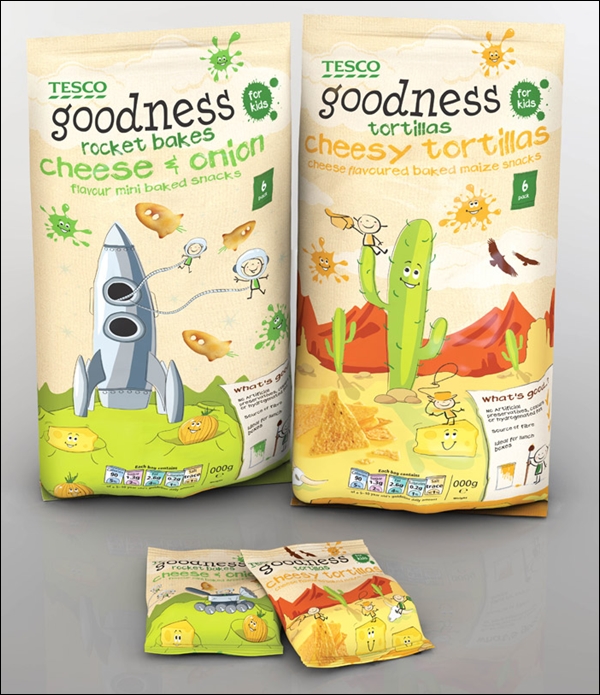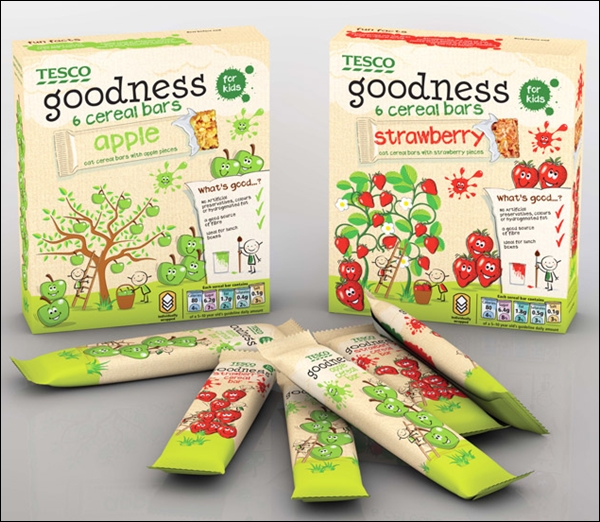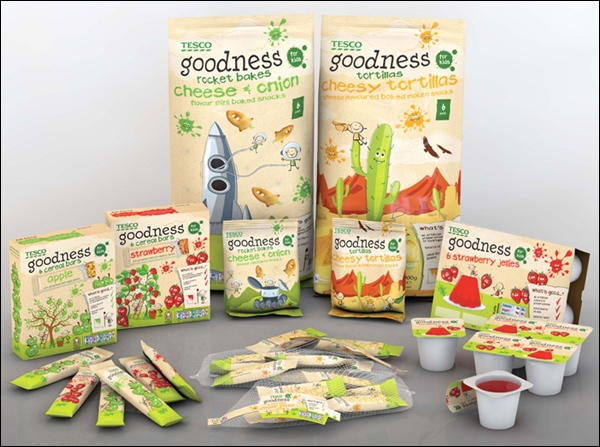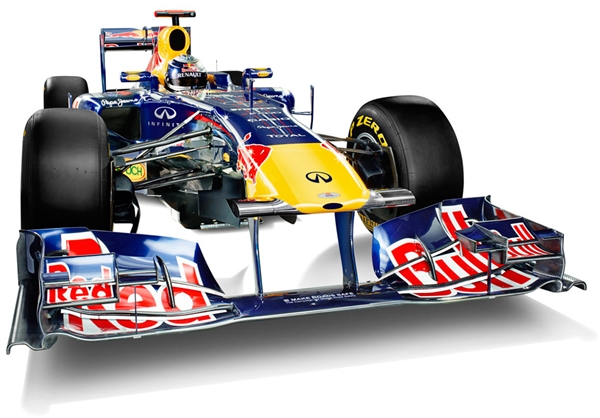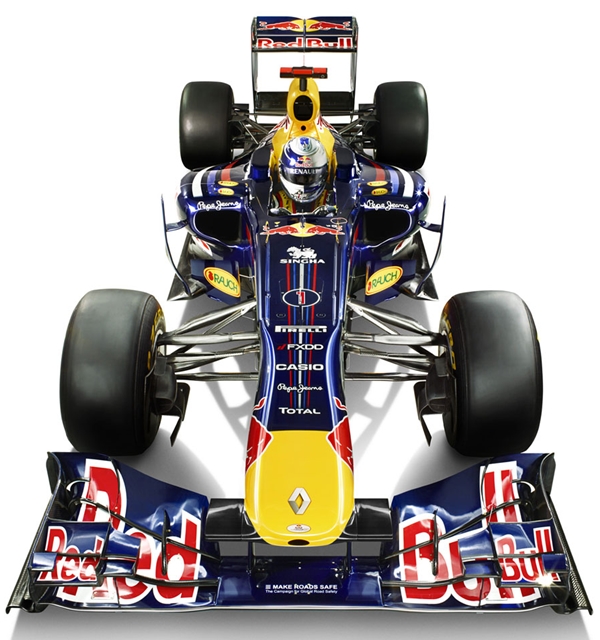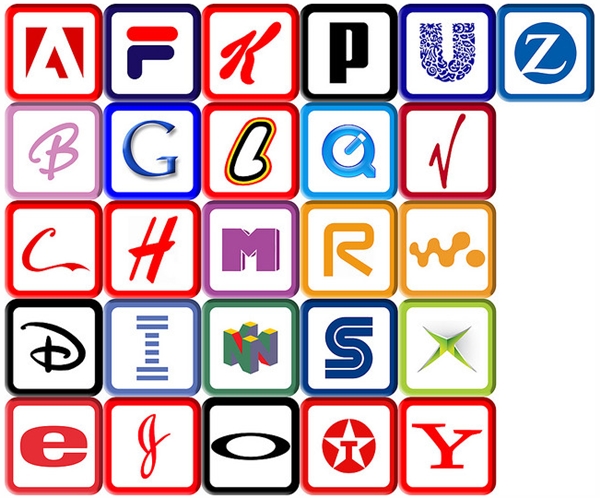By William Arruda
 The benefits of having a strong brand are tremendous. Strong brands charge premium pricing; they thrive during economic downturns; they attract valuable employees, business partners, and customers; and they can extend into new business areas with ease. Every company, product, city, or even person can reap these benefits if they focus on building and maintaining their brands.
The benefits of having a strong brand are tremendous. Strong brands charge premium pricing; they thrive during economic downturns; they attract valuable employees, business partners, and customers; and they can extend into new business areas with ease. Every company, product, city, or even person can reap these benefits if they focus on building and maintaining their brands.
In a previous MarketingProfs article, I wrote about the “Three Cs of Branding.” It was by far the most popular of all the articles I have written for the site—nearly 300,000 people have read it. The three Cs that I referenced in that article are among the most important and are also among the most challenging to implement; but there are some other Cs that are critical to branding as well.
When I deliver my workshop “You Can’t Spell Brand without the Letter C,” I actually cover the 10 Cs of successful branding. In building and nurturing a strong brand, you have a lot more to think about than these 10 Cs; but no brand is truly a strong brand if it doesn’t pass the Ten C Test. So whether you’re managing your company’s brand or building your own personal brand, think about these 10 Cs:
1. Competent
All brands begin with competence. Although a rational brand attribute, it is the table stakes that gets you into the game. You aren’t going to get too far with branding if your product or service cannot fulfill its promise. Just as people who cannot hold a note don’t make it past the first round on Pop Idol, you can’t build a brand around ineptitude.
When IKEA first launched in Sweden, its furniture was well designed, but of poor quality. It did not have a solid brand. Then, after years of refinements, it started to produce much-higher quality products, still at affordable prices. Now, their kitchens are considered to be of very high quality while remaining inexpensive and fashionable.
Competence is the first C. If you don’t have a solid product or service, you are wasting your efforts branding it.
2. Credible
Not only do your products and services need to be solid, you need to be believable in delivering them. You need to be true to your core values and deliver on them in everything you do.
Although it could certainly produce a couture collection of clothes, the Gap would not be credible in extending its line to compete with Valentino and Dior on the runways of Paris. Starbucks, on the other hand, is a credible partner for Krups with its espresso machines. Starbucks knows something about coffee, so this offering is believable.
3. Clear
Strong brands are clear about what they are and what they are not. They understand their unique promise of value—and this promise sets them apart from their competitors. It differentiates them and allows them to attract and build loyalty among a desirable set of consumers.
Volvo, for example, is clear about its commitment to safety and security. The brand is not about speedy sports cars, or small economy cars, or luxury cars. Its clarity separates it from many less successful competitors that are trying to be all things to all people.
4. Compelling
A strong brand is appropriate for—and interesting to—its target audience. It is relevant. It knows who to focus on and gets that audience passionate about what it has to offer.
Ritz Carlton does not go after young trendy professionals, just as W Hotels knows that its promise is less compelling to older, more conservative people. I once spoke with a retired Army officer on a plane about W Hotels. He was telling me about his experience. He said the elevator lighting was so dim he thought the hotel was trying to conserve energy, and he found all the people dressed in black, including the housekeeping staff, “depressing.”
5. Consistent
In addition to being clear about who they are, strong brands are also consistent. They are always what they say they are. In everything they do, they bolster their brand attributes.
Madonna is the chameleon brand of entertainment. She reinvents herself with each CD that she produces. She didn’t change for her first five CDs and then stay the same for the next two. She consistently changes.
And the one thing we can be sure of with regard to her upcoming CD is that it will be nothing like any of the others she has done before. Madonna’s ability to change consistently throughout her career separates her from other entertainers, thereby strengthening her brand.
6. Constant
Strong brands are constant; they are always visible to their customers and prospects. They don’t go into hiding.
For Coke, the world is the target market. That is why you can’t make it through a day without being exposed to its bright red color or familiar script logo. Vending machines, people carrying a coke as they walk down the street, restaurant menus, product placement in TV shows and movies, billboards and print and TV advertisements all scream COKE.
Chances are, your brand’s target market is a lot smaller than Coke’s. And that is good news, making it easier (and a lot less expensive) for you to remain constantly visible to your target audience.
7. Confident
Confidence is attractive and it is an attribute of all strong brands. Strong brands are not wishy-washy. They make decisions with conviction and deal with the consequences. They have a vision and believe that the vision can become reality.
Marriott was confident in their decision to go no-smoking. They instituted the policy world-wide – taking a stand and attracting attention. Strong brands aren’t bashful. They are confident and that confidence permeates the entire organization.
8. Connected
A strong brand is part of various appropriate communities. This means having a network of partners, colleagues, and customers. It means developing affiliations and partnerships that reinforce your brand. It means working with your supply chain. It means having a corporate social responsibility program (or personal social responsibility program for personal brands) to connect to the appropriate causes. It means having a following of loyal brand ambassadors who become your extended sales force.
Apple computer is connected to all the right communities, and it has established emotional connections with its employees, customers, and partners. You need only speak with someone who has a Mac or an iPod to see the depth of the connection.
9. Committed
A strong brand is in it for the long haul. Branding is not a one-time event; it’s not about fads. Strong brands are built over time and require steadfast commitment to ensure long-lasting success. The strongest brands in the world have either been around for a long time (Coke, GE) or they are planning to be here for a long time to come (Google, Amazon, Microsoft).
IBM has earned our trust through consistently delivering on its brand promise for decades. McDonalds has done the same.
Brand value builds over time through consistently living the brand promise. Strong brands plan to be here for the long term and make strategic decisions accordingly.
10. Current
Strong brands are based in today, with room to evolve for tomorrow. Although based in authenticity, there is an aspirational element to branding. Just as Starbucks has the vision of being the “third place” (home, office, Starbucks) and is working to turn that vision into reality, you too must focus your brand on the future.
You must remain relevant to your target audience and become relevant to new target audiences as the world demographics change. The only constant is change. Don’t let your Brand be stuck in the past; ensure it remains relevant and compelling.
Article source


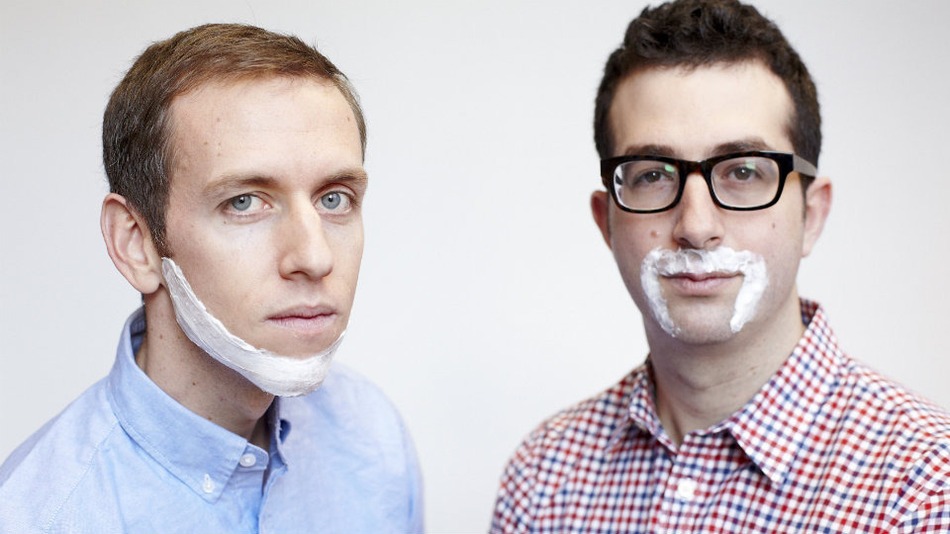
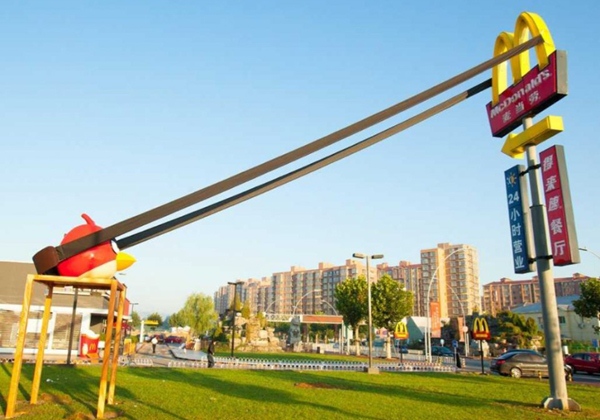


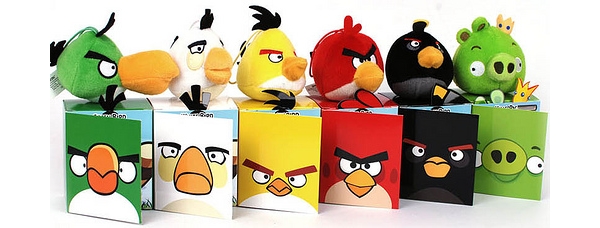

 Summer is here and it is hot. All supermarkets are shrinking their frozen category shelves and groceries are putting their small freezers in front of everything else to welcome the ice cream season where sales will pick up because of the hot summers we have in Lebanon.
Summer is here and it is hot. All supermarkets are shrinking their frozen category shelves and groceries are putting their small freezers in front of everything else to welcome the ice cream season where sales will pick up because of the hot summers we have in Lebanon.
